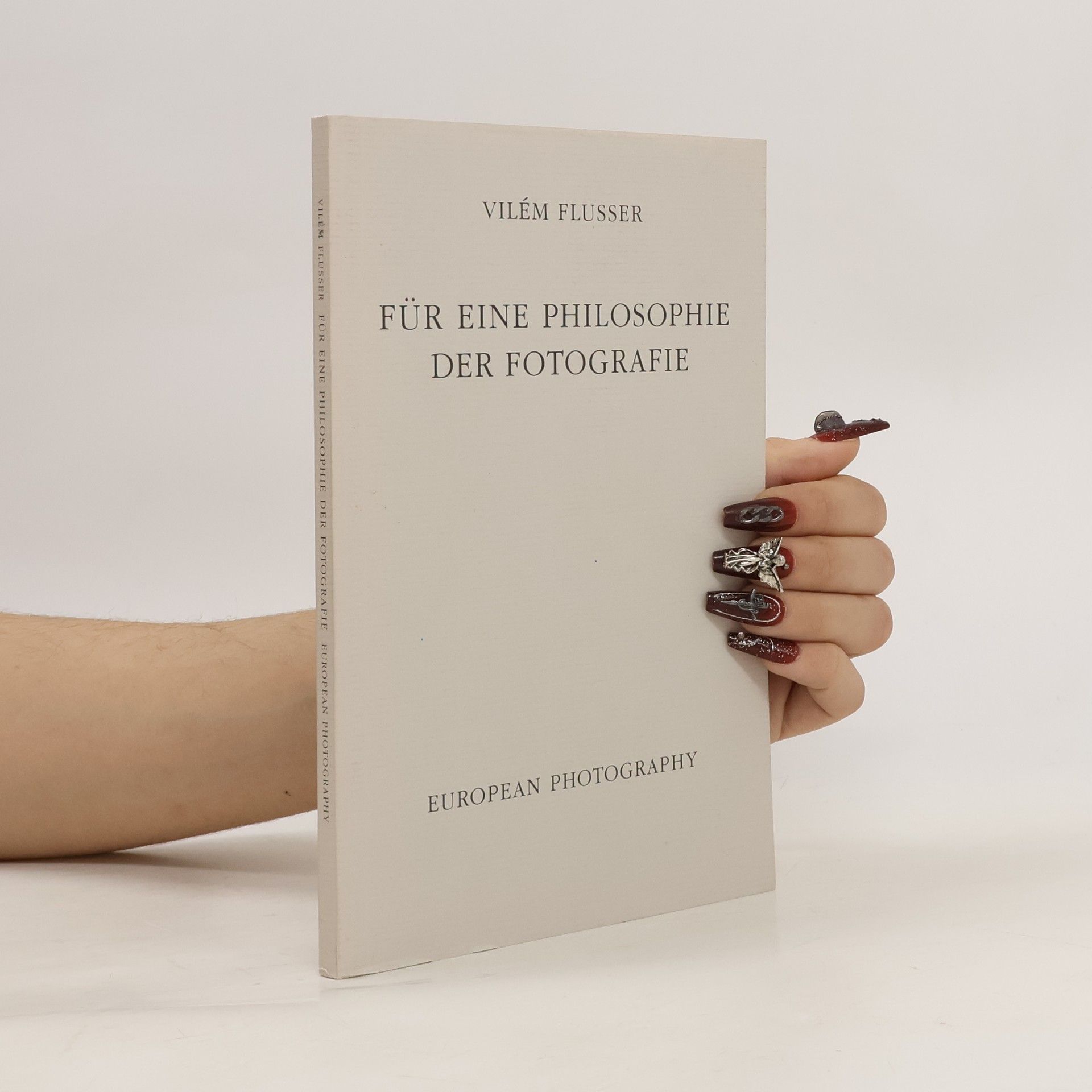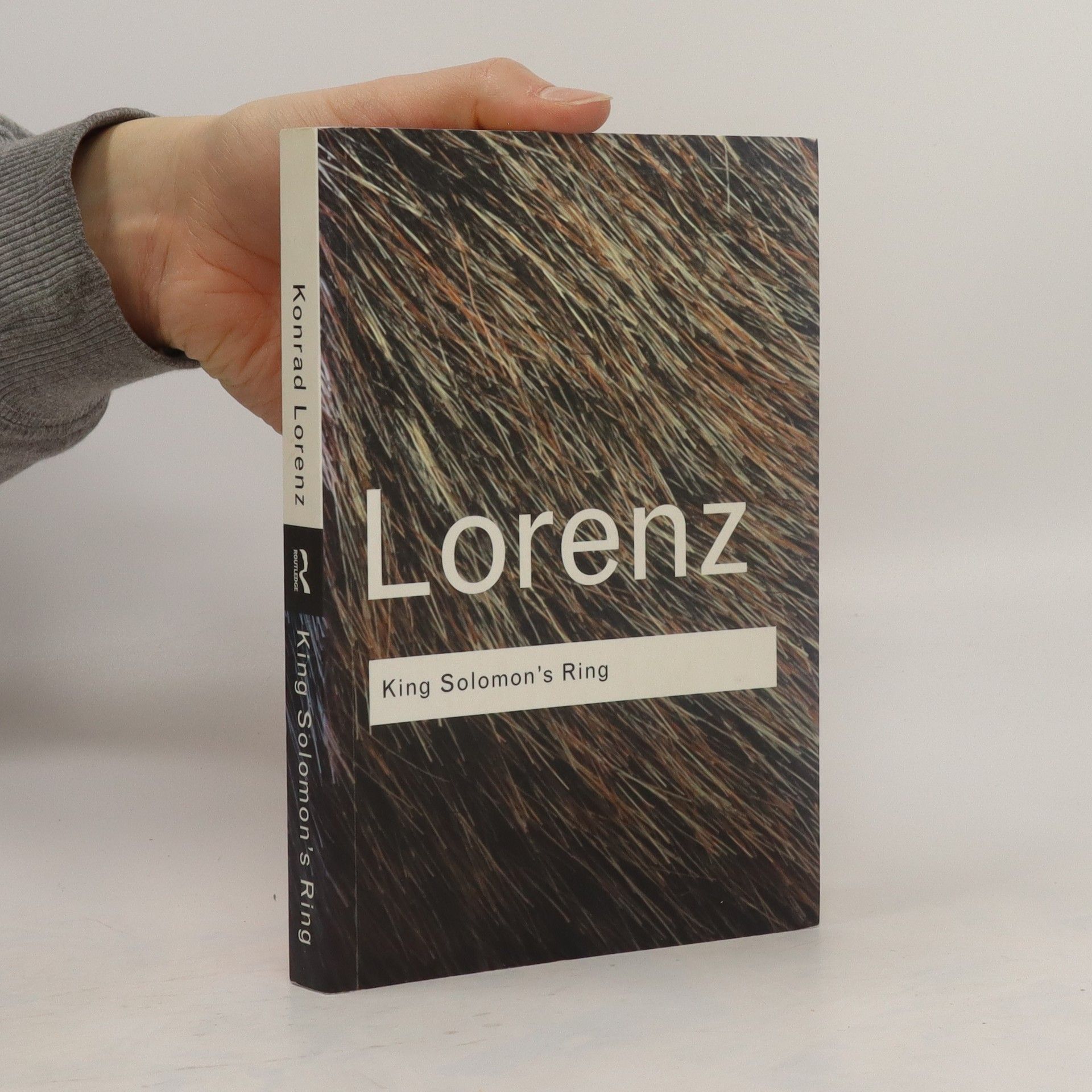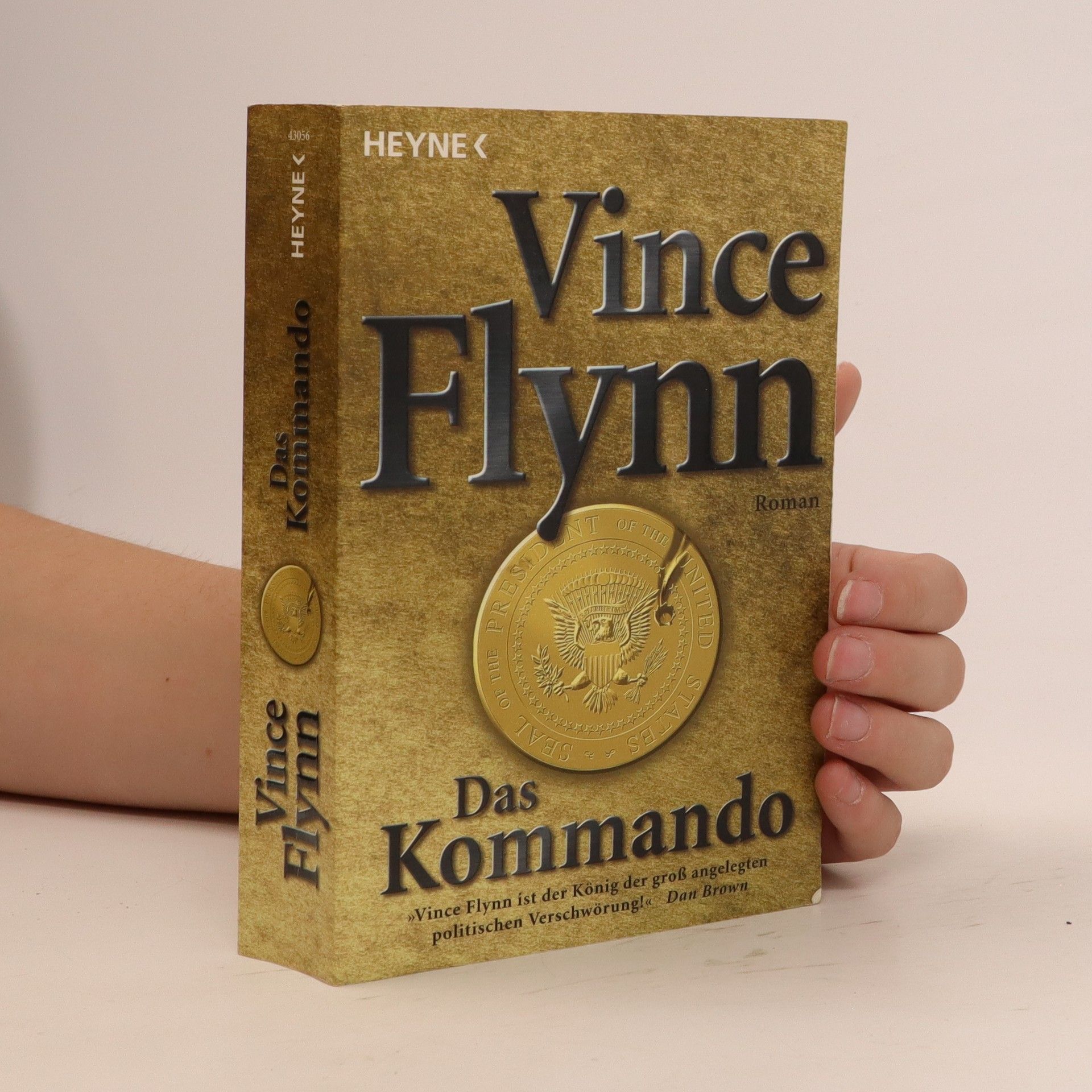Prager Triptychon. Erzählungen.
- 207pages
- 8 heures de lecture






En 1913, dans une petite ville de garnison autrichienne, Anton Hofmiller, jeune officier de cavalerie, est invité dans le château du riche Kekesfalva. Au cours de la soirée, il invite la fille de son hôte à danser, ignorant qu'elle est paralysée. Désireux de réparer sa maladresse, Anton accumule les faux pas qu'il attribue à ce que Stefan Zweig appelle l'« impatience du cœur ». Les personnages du seul roman que Stefan Zweig ait achevé sont les spectateurs hébétés de leur tragédie, symboles d'une civilisation décadente mais incapable de résister à l'ivresse d'une dernière valse. La prose de Stefan Zweig, brillante et raffinée, est comme le vestige de cette civilisation engloutie par la folie du XXe siècle. Une histoire d'amour déchirante où la fatalité aveugle ceux qu'elle veut perdre.
A delightful treasury of observations and insights into the lives of all sorts of creatures, from jackdaws and water-shrews to dogs, cats and even wolves. It is a wonderfully written introduction to the world of our furred and feathered friends!
Tento deník je neobyčejně zajímavou a dodnes zcela mimořádně podnětnou sumou prvního období tvorby Maxe Frische a zahrnuje léta, kdy autor nabíral síly pro své vrcholné tvůrčí období.
1935 yılında, Hitler'in iktidarı ele geçirmesinden yaklaşık iki yıl sonra kaleme alınan Büyülenme adlı romanda Broch, Avrupa'da faşist sistemlerin nasıl egemen olabildiği sorusuna cevap arar; faşizmin egemen olmasına yol açan psişik, politik ve kitle psikolojisiyle ilgili nedenleri ve mekanizmaları ele alır. Roman, Alpler'de bir köyde geçer. Günün birinde bu köye Marius Ratti adlı bir yabancı gelir ve çok geçmeden her sosyal kesimden, her yaştan insanı gizli umut ve isteklerinin gerçekleşeceğine inandırır. Bunu, çıkar karşıtlıklarından yararlanarak, gençleri militarize ederek, azınlıkları baskı altına alarak, gelecekte köyün komşu köyler üzerinde maddi üstünlüğü ele geçireceğini vaat ederek gerçekleştirir ve kitlesel bir histeri yaratarak iktidarı ele geçirir.
Gustav Meyrink: Des Deutschen Spiessers Wunderhorn Edition Holzinger. Taschenbuch Berliner Ausgabe, 2013 Vollstandiger, durchgesehener Neusatz mit einer Biographie des Autors bearbeitet und eingerichtet von Michael Holzinger Erstdruck: Munchen (A. Langen Verlag), 1913, 3 Bande. Textgrundlage sind die Ausgaben: Gustav Meyrink: Gesammelte Werke, Band 4, Teil 1, Munchen: Albert Langen, 1913. Gustav Meyrink: Gesammelte Werke, Band 4, Teil 2, Munchen: Albert Langen, 1913. Herausgeber der Reihe: Michael Holzinger Reihengestaltung: Viktor Harvion Umschlaggestaltung unter Verwendung des Bildes: Gustav Meyrink ca. 1886 Gesetzt aus Minion Pro, 10 pt
In this wonderful book, the famous scientist and best-selling author, Konrad Lorenz, 'the man who talked with animals', enlightens and entertains us with his illustrated account of the unique relationship between humans and their pets. Displaying Lorenz's customary humanity and expert knowledge of animals, Man Meets Dog is also a deeply personal and entertaining account of his relationships with his own four-legged friends. With charming sketches on almost every page, Man Meets Dog offers a delightful insight into animal and human thinking and feeling. An essential companion for all lovers of dogs (and cats!).
V této próze vystavěl autor monumentální pomník všem mladým lidem, kteří ideály nového společenského uspořádání, kde mají platit ryzí hodnoty lidství, probojovávají i za cenu dočasného nepochopení, na izolace mezi blahobytnými břichy lidí domnívajících se, že "jdou s dobou", ve skutečnosti ovšem žijících ve strašlivém omylu záměny jevu za podstatu. Paul a Paula své štěstí spočívající na opravdových hodnotách nedobudují, jejich zápas skončí tragicky. Avšak Plenzdorf nenapsal žádnou plačtivou historii; naopak, její poloha je naveskrz optimistická - ideál tak ryzí nemůže zemřít.